Japan’s long-dominant LDP in turmoil after far-right groups surge in polls
Internal rivals and a resurgent nationalist right are jeopardising Prime Minister Shigeru Ishiba’s already precarious position
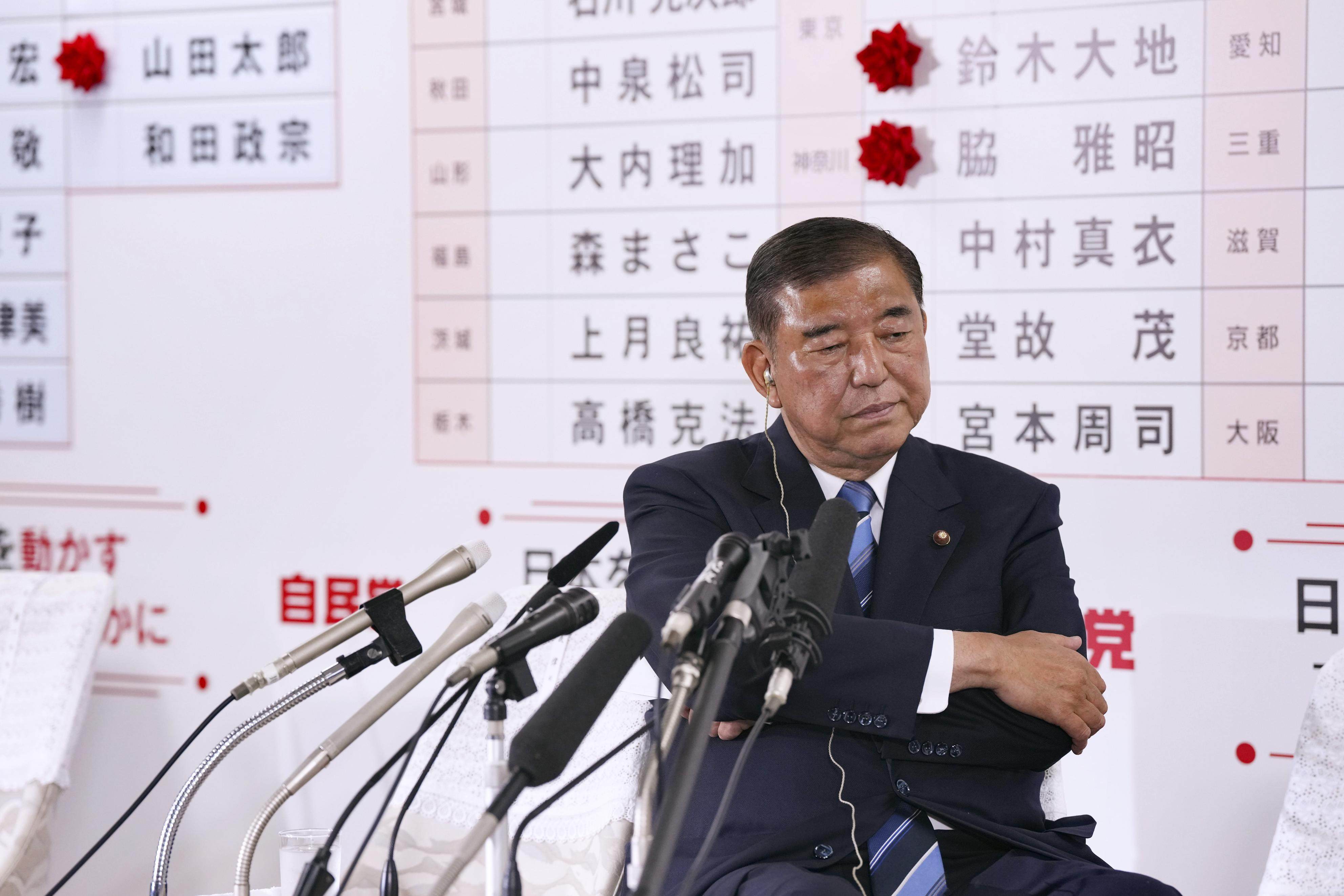
With his grasp on power slipping, Japan’s Prime Minister Shigeru Ishiba has vowed to remain in office despite a stinging electoral rebuke that plunged his ruling coalition into fresh turmoil.
The humiliating setback, confirmed late on Sunday, has fuelled doubts about Ishiba’s leadership as rivals within his Liberal Democratic Party (LDP) circle and stoked anxiety in the world’s fourth-largest economy, already reeling from rising prices, mounting security threats and the disruptive effects of US President Donald Trump’s aggressive tariff regime.
In a sombre appearance on public broadcaster NHK two hours after polls closed on Sunday, Ishiba “solemnly” conceded the “harsh result”. “It is a difficult situation that must be taken very humbly and seriously,” he said. Pressed on he intended to continue as Japan’s leader, he replied: “That’s right”.
But Ishiba’s leadership of the party and the country appears increasingly precarious. Signs of discontent have flared within the LDP since the vote, with former economic security minister Sanae Takaichi openly signalling her readiness to challenge the prime minister.
Addressing supporters in Nara prefecture on Friday, Takaichi declared the party was “under scrutiny” and warned it might require drastic change to resurrect its fortunes.
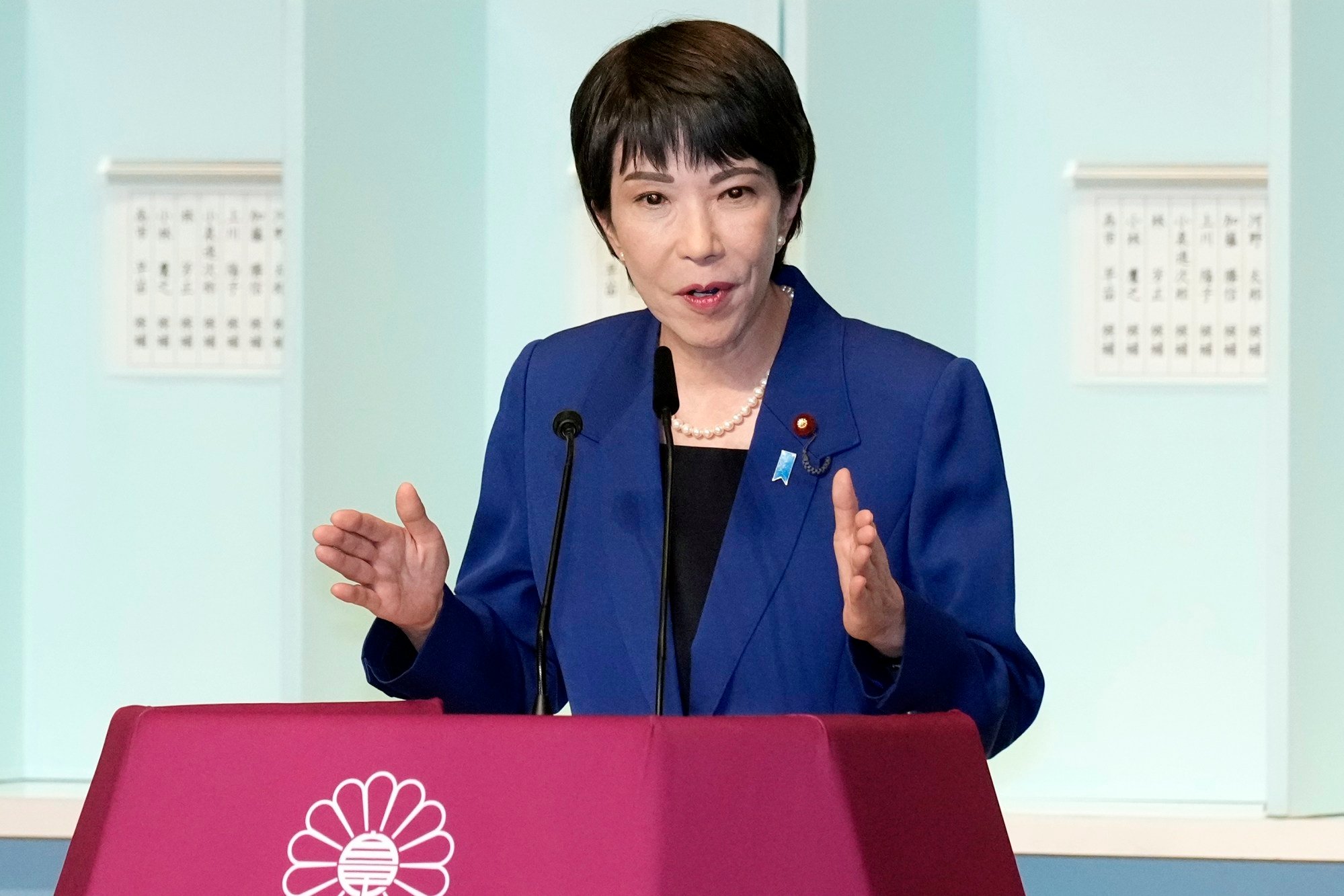
“I have made up my mind in my own way,” Jiji Press quoted her as saying. “I will once again firmly reset the party’s backbone. I promise to fight for that.”
She added that she had “tried to hold back” from criticism but hinted that her restraint was ending: a signal widely interpreted as intent to launch a leadership challenge.
“Takaichi will definitely push for the leadership, whether that is a politically wise move at the moment or not,” Michael Cucek, a professor of Asian studies at Temple University’s Tokyo campus, told This Week in Asia.
“She is a wild card and her ambition and willingness to use brinkmanship may force a leadership crisis in the party.”
Pressure on Ishiba is mounting from elsewhere too: party elder and former prime minister Taro Aso has also suggested the time may be ripe for change.
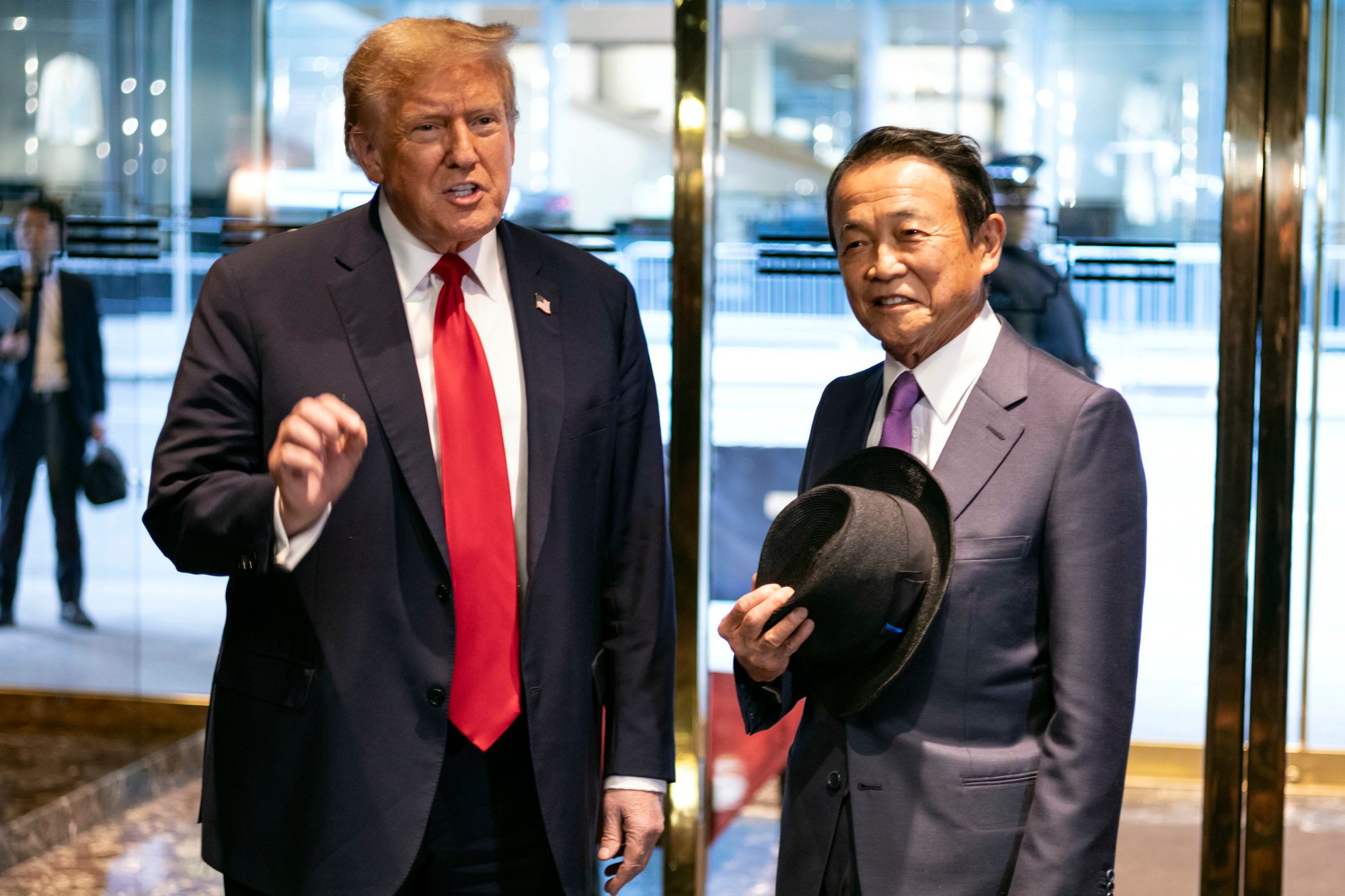
Still, Ishiba retains leverage. With no leadership election scheduled for this year and no overt challenge likely before the Diet’s special session to confirm the election results later this week, he could yet stave off his critics.
He could even threaten to dissolve the lower house of parliament, Cucek said – a move few LDP lawmakers would countenance given the party’s fragile public standing.
Unhandled type: inline-plus-widget {“type”:”inline-plus-widget”}
Meanwhile, the Trump administration is set to impose 25 per cent tariffs on all Japanese imports from August 1, further clouding the outlook. Ishiba’s chief negotiator, Ryosei Akazawa, left Tokyo on Monday for another round of talks in Washington.
Any challenger would have to stand up to the US president, Cucek said. “No one wants to be seen to be kowtowing to Trump on tariffs, as there is no possibility of emerging with any dignity from that process,” he told This Week in Asia.
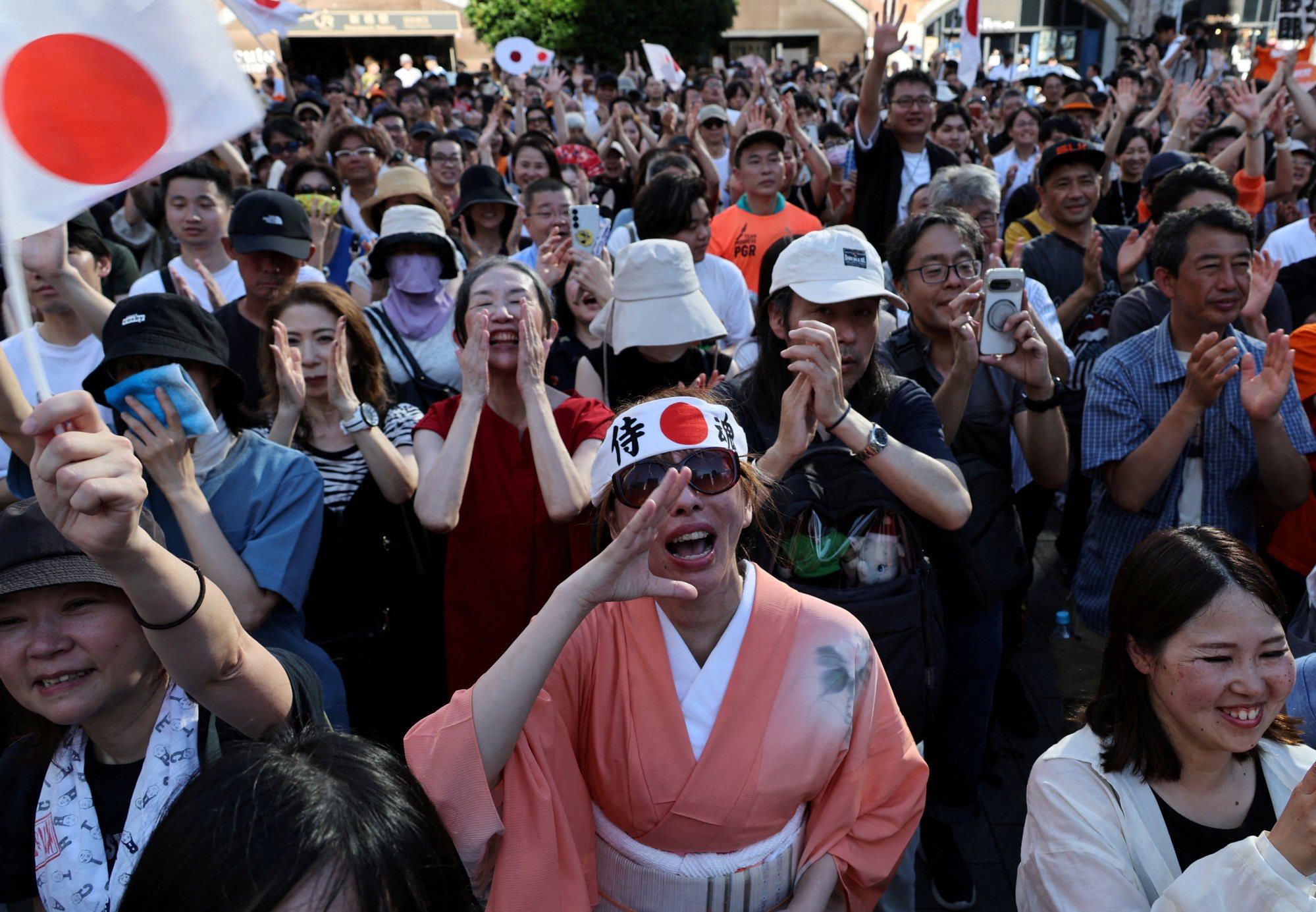
Far-right resurgence
Among voters, the sense of crisis is palpable. “The LDP and Komeito have been the driving force in Japanese politics for decades and have never been in as difficult a position as this, other than when the former Democratic Party won the election in 2009,” said Yuichi Kujirai, a 32-year-old medical trainee in Tokyo.
He pointed to the surprise surge of the nationalist Sanseito party as evidence of a shifting political landscape: “We may be entering a new era”.
Alarmed by Sanseito’s rise, Kujirai said he joined a crowd of “thousands” at one of the party’s campaign rallies in Tokyo before the election. “I was shocked,” he said. “It might sound like an exaggeration, but I felt in some danger.”
During the event, he said party leader Sohei Kamiya vowed to “expose all civil servants with radical ideologies” and force their resignation. Other candidates reportedly called dissenters “traitors” and advocated for nuclear armament.
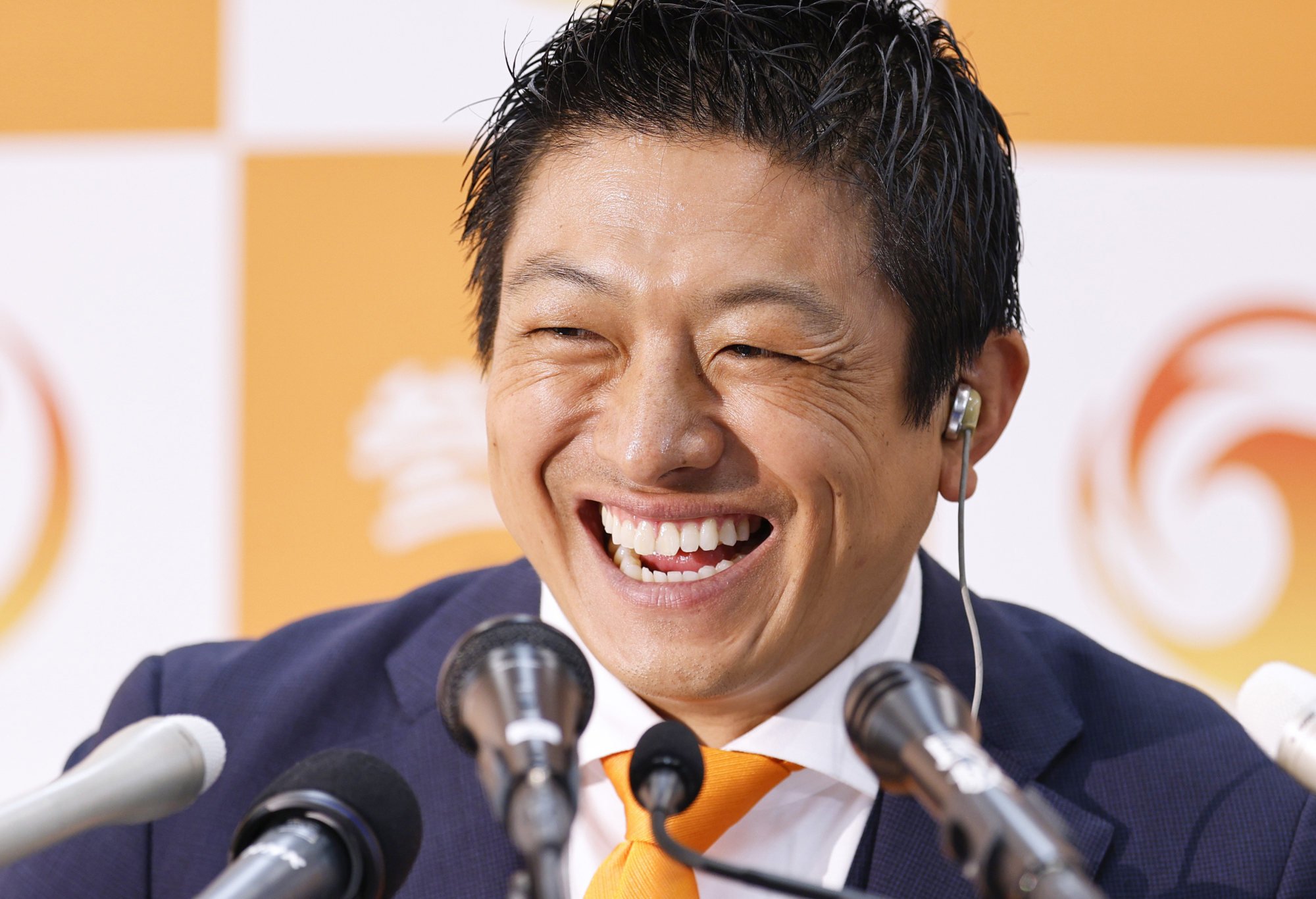
Kamiya later apologised for remarks that anti-racism groups condemned as inflammatory, after he told an audience, “They’re calling us stupid, foolish and Koreans,” to laughter from the crowd.
“The atmosphere is becoming similar to how it was in Japan during World War II,” Kujirai warned. “I am worried that Japan is once again leaning towards militarism.”
Sanseito’s hardline messaging appears to have resonated with the public, however. The party secured 14 seats in the election – nearly triple what forecasts predicted just days before the vote – vaulting it to the third-largest opposition force in the Diet and complicating coalition arithmetic for the LDP and its junior partner Komeito.
Analysts say it is highly unlikely that Sanseito will enter into a formal alliance with the LDP. But its new-found strength may give it a disproportionate sway over Japan’s legislative future.
“The LDP and Komeito need allies to get any bill passed … I think they will have to try a more formal partnership arrangement [now],” Cucek said, adding that Sanseito’s newly earned influence gave it the power to hold Ishiba’s government “to ransom”.